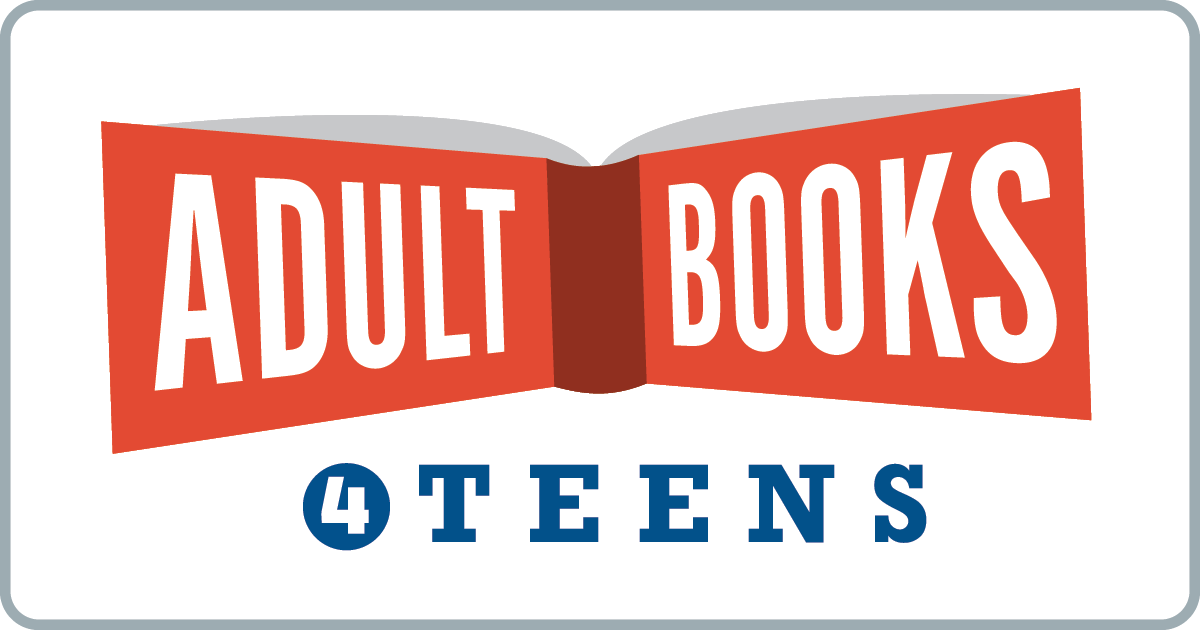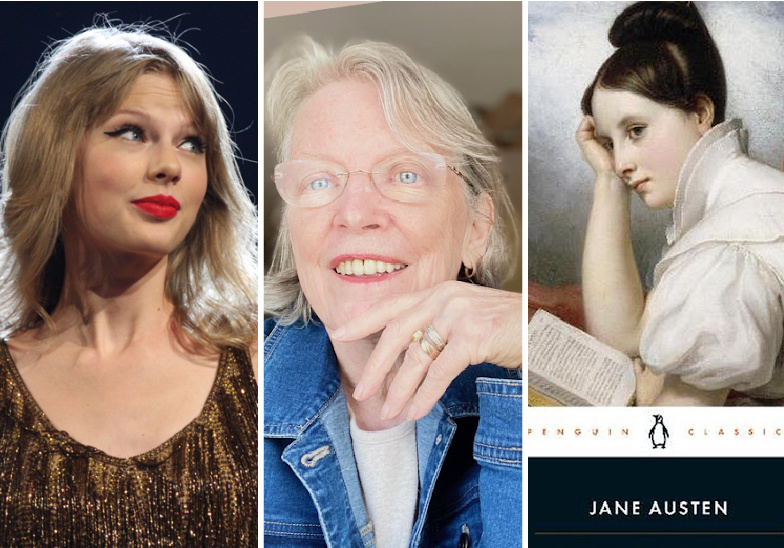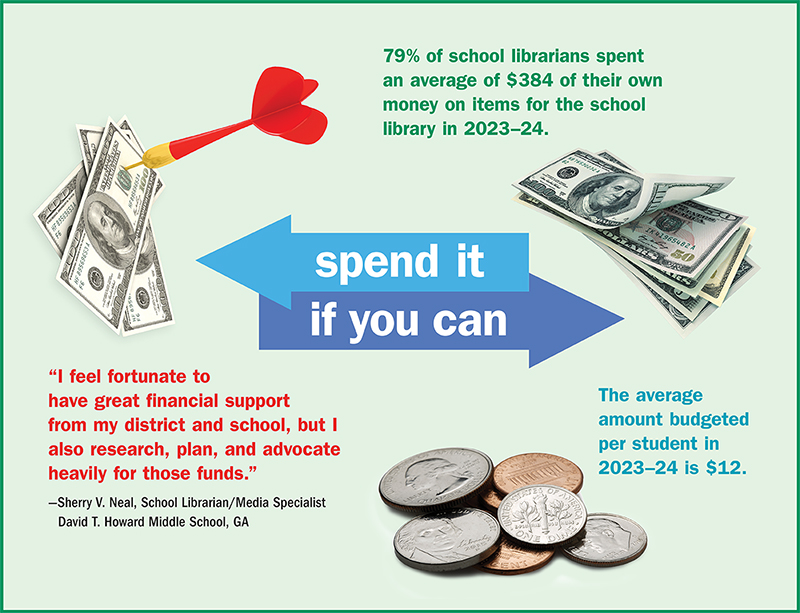SCROLL DOWN TO READ THE POST
Advanced Review: The Property
from Francisca Goldsmith, graphic novel guest blogger extraordinaire:
Coding How We Speak Family Secrets
Rutu Modan has proved to be an adept storyteller as well as creator of visually rich images of both characters and their settings. She’s been published to some acclaim in the US as the author and cartoonist of a collection of short stories (Jamiliti and Other Stories) and an early reader graphic novel (Maya Makes a Mess) as well as her first solely authored and drawn adult graphic novel (Exit Wounds, also teen friendly). In The Property, however, the very language—or choices of languages—elevates the evidence of her craft and insight to a new high.
Using typefaces to distinguish among the Hebrew, Polish, and English spoken by various characters at different and telling points in the story is just one element in this linguistic exposure of characters keeping and divulging secrets. Because neither Russian nor Ukrainian is understood by either of the main characters—a young Israeli woman travelling in Warsaw with her elderly emigrée grandmother—when others speak either of these, scribbled lines appear in their speech balloons and the reader is as reliant on secondary characters’ translations as are Mica and her grandmother.
ADVERTISEMENT
ADVERTISEMENT
Modan utilizes yet another layer of language as well to impart interactions, relationships, and secrets her cast attempt to keep from each other. While sequential art well done utilizes postures, expressions, and spatial distances to convey trenchant information, and she of course employs all eloquently in her clear line work, by making the stranger who tries to befriend and woo Mica a cartoonist himself, we—and she—become privy to how he feels about her from his sketchbook. Thus, visual language becomes another means of communication—and the revelation of secrets—between characters as well as between author and reader of the novel.
Modan’s use of text is almost exclusively reserved for dialog, with the exceptions urban exterior signs and onomatopoeia employed to mark such environmental sounds a character’s gesture would elicit (the click of a lock, the thumping of fists on a door, etc.). A mark of the refined level of her work is that the reader never feels uninformed or that the characters are speaking unnaturally in order to convey information not handled by the visual component.
Beyond all this, the story itself calls on the reader to speak, to converse, to share responses and experiences with family secrets. The “multilingual” nature of the narrative invites the book’s introduction to teens for whom English is an additional way of communicating beyond their native tongue. And while political history, social norms past and present, and religious components of strife all find depiction here, ultimately it is the effect of one and another family secret—a universal experience—that rings through in every language Modan employs in this story.
* MODAN, Rutu. The Property. tr. from Hebrew by Jessica Chen. 232p. illus. notes. Drawn & Quarterly. Jun. 2013. Tr $24.95. ISBN 978-1-77046-115-4. 
Adult/High School–Soon after her father dies of cancer, Mica accompanies her grandmother to Warsaw, the city the older woman escaped, unmarried and pregnant, in 1940. While the trip is ostensibly to investigate how they will repossess family property lost during the war, each woman manages to combine that effort with a personal exploration and discoveries of her own. From the time they board the jet in Tel Aviv, however, their paths are unwelcomingly crossed and recrossed by duplicitous Avram Yagodnik, a family “friend.” Modan’s beautiful, clearline artwork shows off both the old and new Warsaws, the elderly woman’s careful makeup that cannot hide her wrinkles, and all of the details that pull readers so fully into the story as to remove the distance between observing the shown and seeing it for oneself. Mica meets a Polish cartoonist whom she can’t quite bring herself to trust while her grandmother manages to find the love of her life, Roman, the father of the baby who would become Mica’s father. Yagodnik isn’t satisfied with hovering and eavesdropping in the background, but pushes his sweaty bulk into the women’s moments of discovery, bent on subverting any inheritance toward another family member. Typeface choices show how the events here occur multilingually, as various characters rely on Hebrew, Polish, English, and Russian both to pass secrets to and to maintain secrets from each other. The images, too, communicate elements of the story that go otherwise unspoken, making this a tightly crafted, accessible family story in which history and the present inform each other, as well as Mica and her grandmother.–Francisca Goldsmith, Infopeople Project, CA
Filed under: Graphic Novels, Weekly Reviews
About Angela Carstensen
Angela Carstensen is Head Librarian and an Upper School Librarian at Convent of the Sacred Heart in New York City. Angela served on the Alex Awards committee for four years, chairing the 2008 committee, and chaired the first YALSA Award for Excellence in Nonfiction for Young Adult committee in 2009. Recently, she edited Outstanding Books for the College Bound: Titles and Programs for a New Generation (ALA Editions, 2011). Contact her via Twitter @AngeReads.
ADVERTISEMENT
SLJ Blog Network
Name That LEGO Book Cover! (#53)
Cover Reveal and Q&A: The One and Only Googoosh with Azadeh Westergaard
Exclusive: Vol. 2 of The Weirn Books Is Coming in October | News
Take Five: Middle Grade Anthologies and Short Story Collections
The Classroom Bookshelf is Moving
ADVERTISEMENT
ADVERTISEMENT







